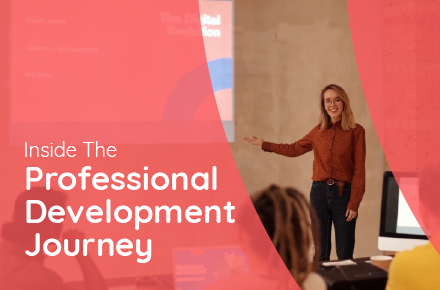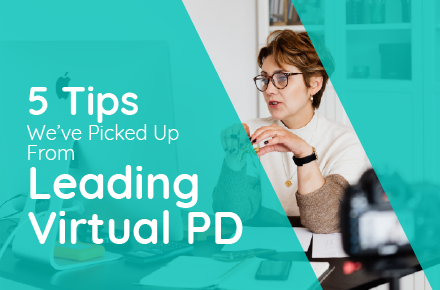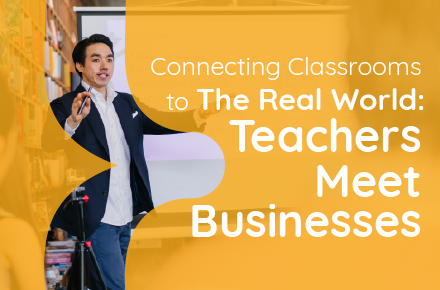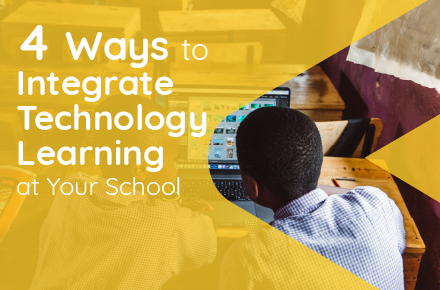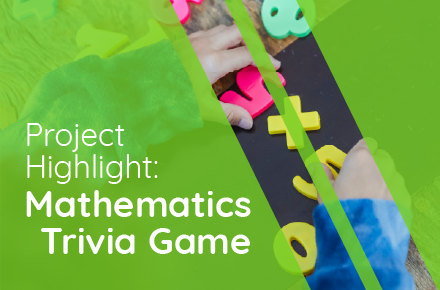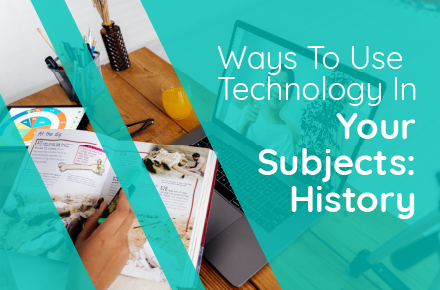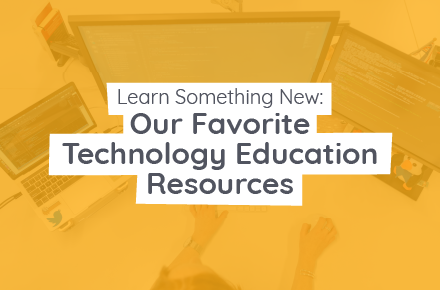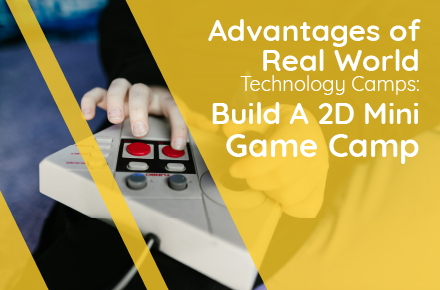Professional Development (PD) training has played a key role in the rollout of Technology Education into schools across the world.
Since 2018, BSD Education has helped over 1000 teachers at 160 schools in 11 countries with our professional development.
When it comes to effectively integrating technology education into all classrooms, we have identified three hurdles that teachers normally face:
Confidence: Most teachers don’t usually have a background in technology, so can see it as risky and unfamiliar.
Content: Technology is constantly changing. which means that your curriculum can quickly become outdated and will require more time to redevelop.
The objective of our PD training is to help teachers overcome these hurdles. Our trainings give teachers the skills and confidence they need to implement the TechEd curriculum seamlessly in their classrooms.
Our Foundation Professional Development training is six hours, delivered in person or virtually, and emphasizes the method of “learn by doing”. We apply this by having the training split across the school year to create a learn-apply-reflect-learn model.
After the first training, the teachers teach their first lesson and give their feedback and reflections to the instructor.
Not only does this guide the next PD lessons as we learn more about them and their methods, it also helps teachers identify the gaps in their knowledge and skills to specifically work on them.
After a few lessons, teachers can then focus on deepening the integration within their classroom without added stress.
Our journey with the teachers doesn’t end after PD lessons. We also communicate with our teachers throughout the year through offline events, online webinars, and regular coaching support.
After the PD training is done, our team works with the teachers one on one or in groups to learn more about their new approaches to the implementation of technology education in the classroom. This includes their successes and challenges.
Where there are challenges, we address them by providing support and further training if needed.
We share success stories with other teachers within the school and with other partner schools so they can be similarly inspired to tackle similar challenges they may face in their classrooms.
Through our professional development training, we aim to maintain a regular human connection with all our teachers across the world and help them bring exciting and new knowledge, skills, and technologies into their classrooms.
If you would like to learn more about our PD training or would love a sneak peek, please write to me at mq@bsd.education and I’d love to discuss it!

